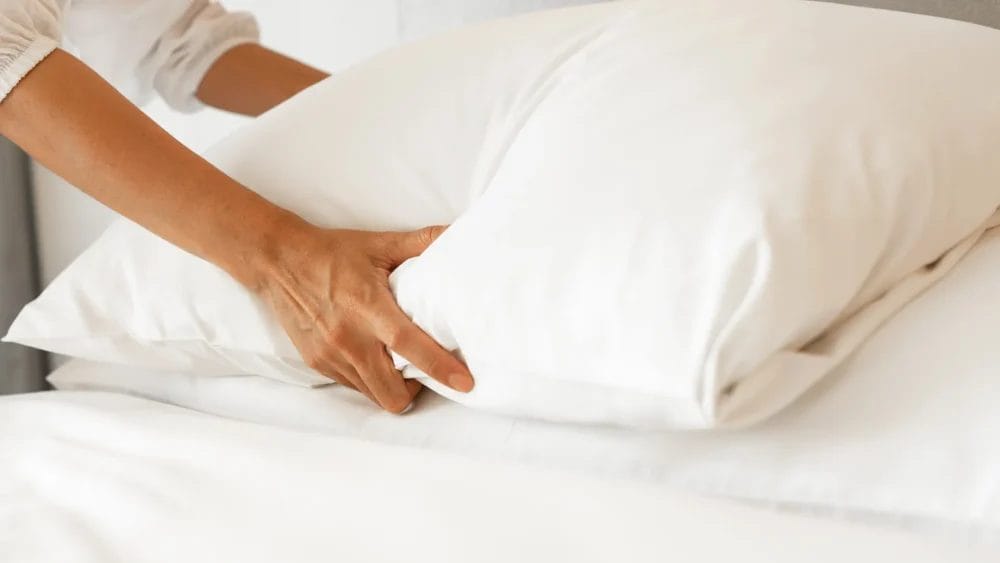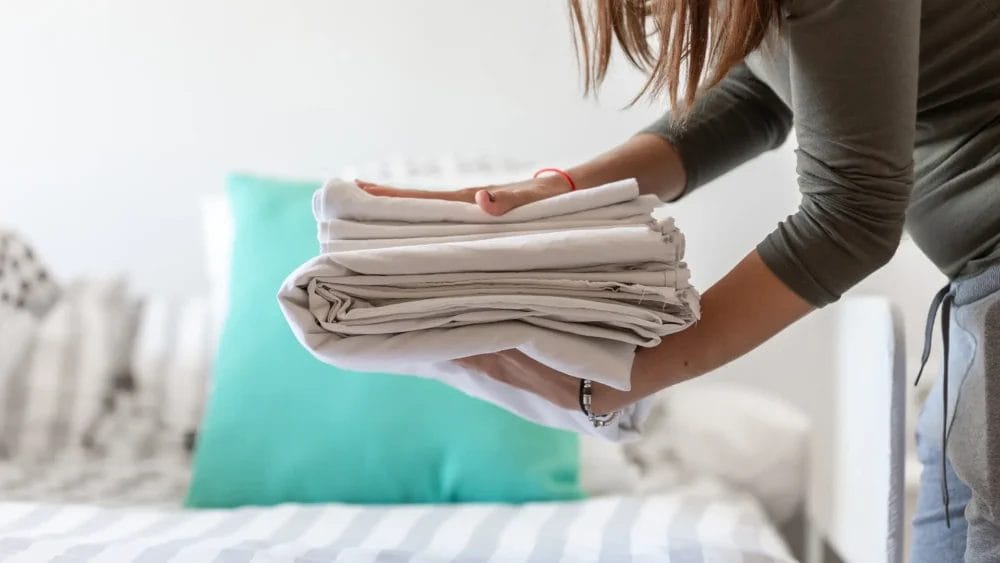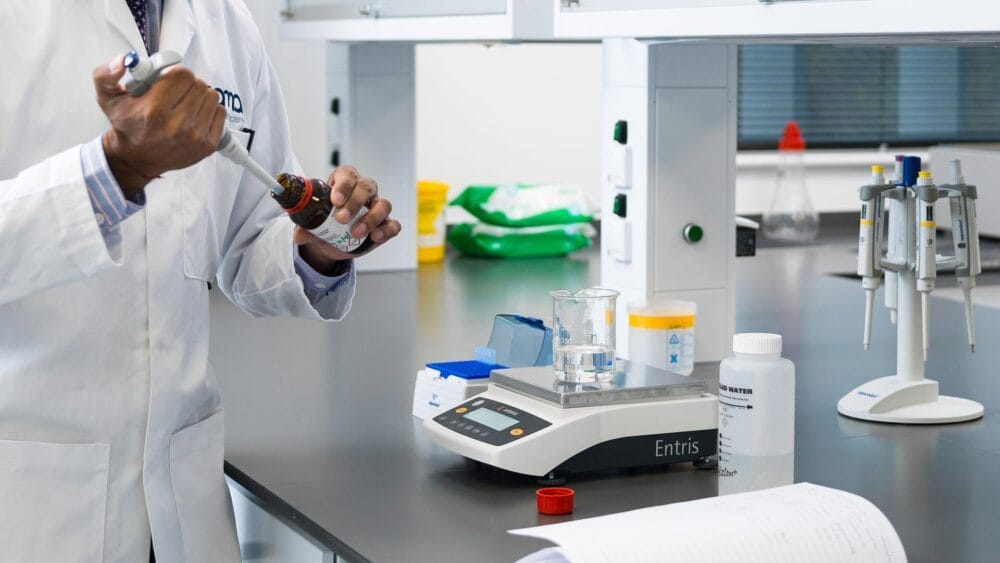Posted
1st September 2022
Research
Clinical Director Karen Wares, discusses a study assessing the viability and viral load of monkeypox virus on surface contamination of household objects. Read on to find out, where the study was carried out, how touchpoints were sampled and what the results indicated.
Viability & viral load of monkeypox virus
A recent study conducted by the United States Centers for Disease Control and Prevention (CDC) assessed the viability and viral load of monkeypox virus (MPXV) on surface contamination of household objects of two Salt Lake City residents, both with real-time polymerase chain reaction (PCR)–confirmed travel-associated cases of MPXV.
The patients who lived together had isolated at home for 20 days before their home was entered for sampling and were still symptomatic when the samples were collected. Resolution of symptoms was approximately 22 days for one patient and 30 days for the other.
Related article: Can Clinell products kill monkeypox virus?

How were the touchpoints sampled?
The patients identified their high-touch equipment which included items such as blankets, furniture and keyboards along with various handles and switches. They also shared the cleaning and disinfection activities they performed within the home and identified the locations in their home in which they spent substantial amounts of time while ill.
Utah Department of Health and Human Services (UDHHS) performed targeted environmental sampling using published methods.[1] A total of 30 samples were collected from nine areas of the home:
- 2 samples were mixed
- 3 were from porous surfaces such as fabric and cloth
- 25 samples were isolated from nonporous surfaces such as stainless steel, plastic, wood, metal and leather.
The samples were transported to CDC where they were processed and tested with both non-variola Orthopoxvirus and West African Monkeypox virus–specific real-time PCR assays, pursuing viral culture only if the PCR was positive.[2,3]

Results
21(70%) yielded positive real-time PCR results, including those from all three porous items (i.e. cloth, furniture and blankets), 17 of 25 (68%) nonporous surfaces (e.g. handles and switches), and one of two mixed surface types (i.e. chairs). None of the samples taken yielded a positive viral culture result, the inability to detect viable virus suggests that virus viability might have decayed over time or through chemical or environmental inactivation.
Related article: Monkeypox: an update from GAMA Healthcare’s Clinical team

Conclusion
The data from this study is limited due to a small sample size and it does not provide evidence of transmission. During this study, US Environmental Protection Agency registered products were not being used, and it is unclear if they had received any guidance on how to clean effectively as the study states only CDC monkeypox-specific cleaning and decontamination guidance was shared with the occupants at the time the home surfaces were swabbed.[4] Additional studies are needed to assess the presence and degree of surface contamination and investigate the potential for indirect transmission of MPVX in household environments.
If you’d like to know which Clinell products are effective against monkeypox virus, contact our team on info@gamahealthcare.com. Help spread awareness of monkeypox virus by sharing this article on social media.
[1] Morgan CN, Whitehill F, Doty JB, et al. Environmental Persistence of Monkeypox Virus on Surfaces in Household of Person with Travel-Associated Infection, Dallas, Texas, USA, 2021 [published online ahead of print, 2022 Aug 11]. Emerg Infect Dis. 2022;28(10):10.3201/eid2810.221047. doi:10.3201/eid2810.221047
[2] Li Y, Olson VA, Laue T, Laker MT, Damon IK. Detection of monkeypox virus with real-time PCR assays. J Clin Virol. 2006;36(3):194-203. doi:10.1016/j.jcv.2006.03.012.
[3] Li Y, Zhao H, Wilkins K, Hughes C, Damon IK. Real-time PCR assays for the specific detection of monkeypox virus West African and Congo Basin strain DNA. J Virol Methods. 2010;169(1):223-227. doi:10.1016/j.jviromet.2010.07.012
[4] CDC. Disinfecting home and other non-healthcare settings. Atlanta, GA: US Department of Health and Human Services, CDC; 2022. Accessed 25 August, 2022. https://www.cdc.gov/poxvirus/monkeypox/specificsettings/home-disinfection.html
SHARE THIS ARTICLE
Tags
Latest News
Introducing HEXI HUB: A seamless transition in our product line
We’re pleased to announce an update to our product offering…
Innovative solutions for tackling Carbapenemase-producing Enterobacteriaceae (CPE) at King’s College Hospitals
King’s College Hospital NHS Foundation Trust, one of London’s largest…
Gloves Off: reducing unnecessary plastic waste during environmental cleaning and disinfection
In this blog, Dr Phil Norville discusses the momentum-gaining ‘Gloves…
Gloves Off: Navigating SDS sheets and skin safety claims in environmental decontamination products
In this blog, James Clarke (Head of R&D, Science &…





